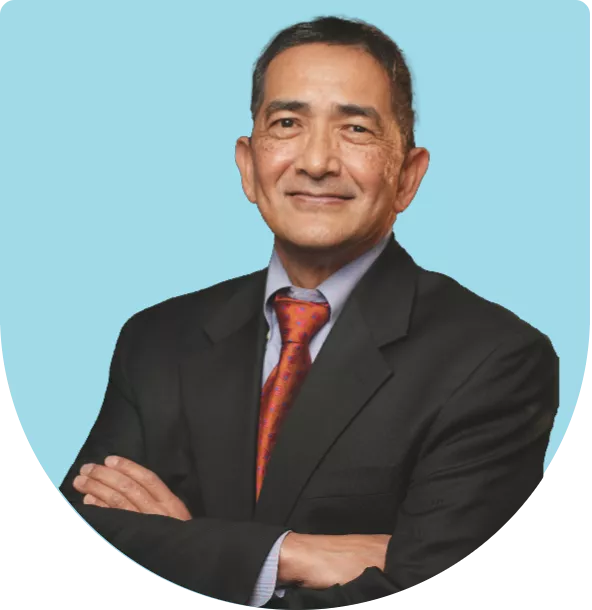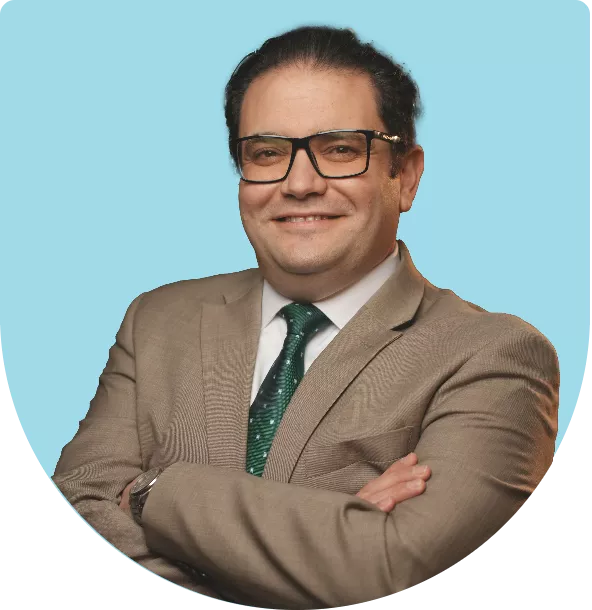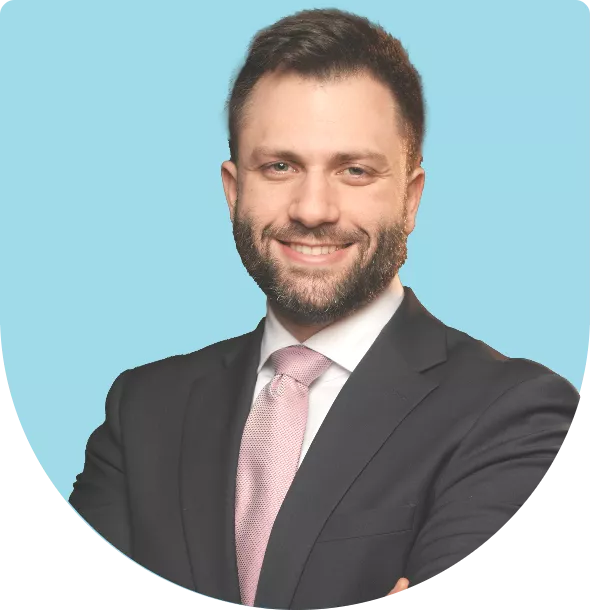An impacted tooth is a permanent tooth that fails to erupt (break through the gum) into its proper position within the jawbone. This most commonly affects wisdom teeth, but other teeth, like the upper canine, can also become impacted.
Impacted tooth exposure is a minor surgical procedure performed by an oral surgeon to uncover a trapped tooth.
Impacted tooth exposure is a collaborative procedure between our oral surgeons and your orthodontist. If you have questions about this procedure, don’t hesitate to contact our office.
What Causes Impacted Canines?
The exact cause of impacted canines can be difficult to pinpoint, but it often stems from a combination of genetics and environmental factors.
Certain inherited traits can influence the development of impacted canines. For instance, if you have a family history of smaller jaw size, crowded teeth, or extra teeth, you may be more prone to canine impaction. These inherited characteristics can limit the available space in your jaw for the adult canine to erupt normally, causing it to become stuck or impacted.
In some cases, the adult canine tooth may simply erupt later than expected. This can be a normal variation in development, but it can also increase the chance of impaction if there’s limited space in the jaw.
Nutritional deficiencies during childhood, particularly a lack of calcium and vitamins, can hinder the development of strong teeth and jawbones. This can make teeth more susceptible to impaction.
Persistent habits like thumb sucking or tongue thrusting can exert pressure on the teeth and jaw, potentially affecting the eruption of the canines.
Premature loss of baby teeth due to decay or injury can disrupt the normal eruption pattern of permanent teeth, including the canines. If a baby canine is lost too early, the adult canine may not have proper guidance to erupt into its correct position.
Primary canine teeth that don’t shed naturally can block the path for adult canines to emerge. This can happen if the root of the baby tooth is too strong or if the adult canine isn’t positioned correctly to push out the baby tooth.
In some cases, there may be no clear explanation for an impacted canine. This can be frustrating for both patients and dentists alike.
However, even without a definitive cause, dental professionals can still effectively diagnose and treat impacted canines. X-ray imaging is a crucial tool for identifying the position of the impacted tooth and assessing the surrounding bone structure.
Once a dentist or oral surgeon understands the specific situation, they can develop a personalized treatment plan to address the impaction.
Treatment options may involve orthodontic treatment to create space for the canine to erupt, surgical exposure of the tooth followed by braces, or even extraction of the impacted canine in severe cases.
If you’re concerned about a possible impacted canine, consulting a dentist orone of our oral surgeons is the best course of action. Early diagnosis and treatment can help prevent complications and ensure a healthy smile.
Exposure and Bracketing Treatment
Early intervention with impacted tooth exposure can prevent complications like crowding, infection, and bite issues. Proper tooth alignment promotes better cleaning, reduces the risk of cavities and gum disease, and contributes to a healthy smile.
Exposure and bracket treatment involves collaboration between your dentist or orthodontist (braces specialist) and our oral surgeons.
During the consultation and diagnosis stage, your primary oral care specialist will examine your teeth, taking X-rays to determine the impacted canine’s location.
You may or may not be referred to an orthodontist, where they will use braces to create space in the dental arch for the impacted canine.
During exposure surgery, one of our oral surgeons perform a minor surgical procedure to remove gum tissue covering the impacted tooth. Sometimes, baby teeth or other obstructions are removed during this surgery.
The orthodontist bonds a bracket to the exposed canine. A gentle force is applied using a chain or elastics connected to the bracket to guide the canine into its proper position over time (months to a year).
Once the tooth is in place, the dentist or orthodontist will evaluate the gum tissue health around the tooth. Minor gum surgery might be needed for healthy tissue around the relocated canine.
Post Canine Exposure Treatment
This surgery is simple and done in the office. Most patients only need numbing medicine (local anesthesia), but we can use stronger medication like IV sedation for more complex procedures or if patients experience high levels of anxiety about oral surgery.
Surgery time depends on how many teeth need work. If our oral surgeons only need to expose the tooth (without the bracket), it’s much quicker. We will talk about all this during your consultation before surgery.
It’s normal to have a little bit of bleeding from the surgical area after surgery. This usually subsides quickly and shouldn’t be a major concern. You’ll likely experience some discomfort after surgery, but over-the-counter pain relievers should be enough to manage it. Most people feel much better within a few days and don’t need medication for long.
Impacted tooth exposure is a collaborative procedure between our oral surgeons and your orthodontist. If you have questions about this procedure, don’t hesitate to contact our office.






